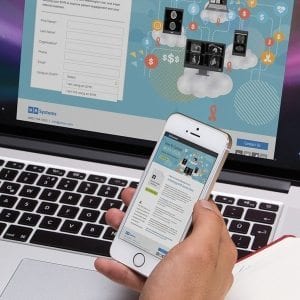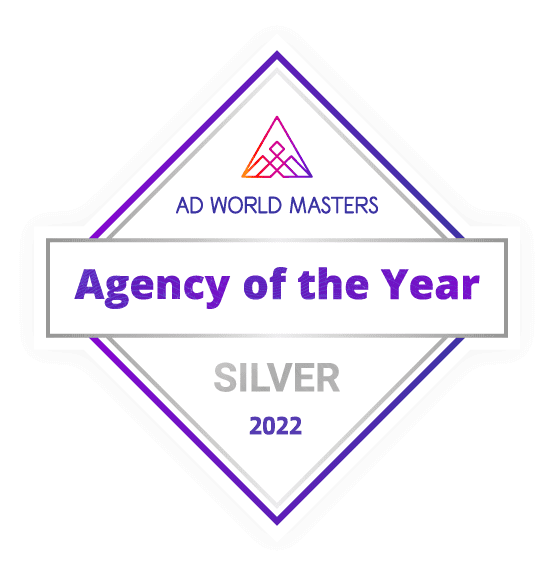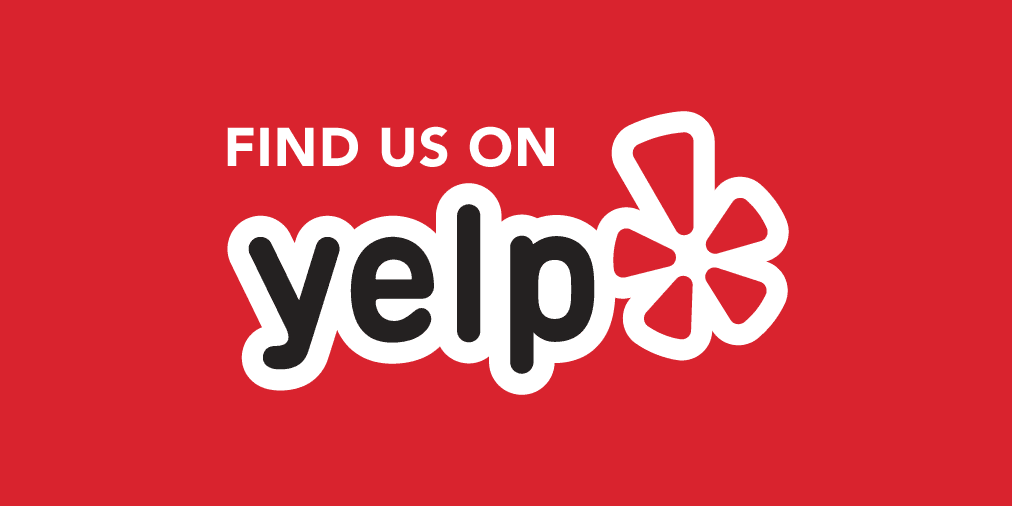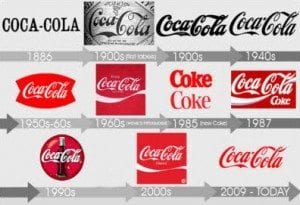
Coca-Cola was initially created for medicinal purposes. However, in the late 19th century, it was turned into a delicious beverage. In fact, Coke became a popular substitute to alcoholic beverages during prohibition. The beverage company is now one of the most well-known brands worldwide and in one of the most competitive industries. We will look at some of Coke’s advertising campaigns throughout the years to see what formed the brand into what they are today.
1888: Taste Testing
Just two years after its creation, business tycoon Asa Candler took over Coca-Cola and began offering free samples to the public. These samples helped to get people interested in the tasty beverage. Yes, that’s right, the all-mighty Coca-Cola actually started out by using one of the simplest marketing tactics.
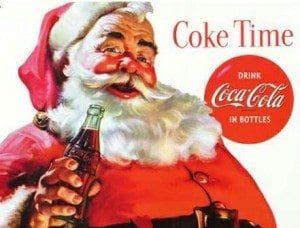
1931: The Recreation of Santa Claus
Yes, you read that correctly. Old St. Nick wouldn’t be who he is today without the soda company. It is true that Santa was around before Coke’s creation. However, he was often viewed as an elf like creature or a skinny man. Coca-Cola has used Santa in their marketing since the 1920s, however it wasn’t until 1931 that the iconic, jolly, and round Santa was created donning his red and white suit and cap. This form of Santa was used for over three decades until the final version was painted in the 1960s. Coca-Cola is the epitome if branding success. Because of the beverage company, we have the infamous holiday character that millions of children have come to love for almost a century.
1970-1980: Coca-Cola uses Television Ads to Brand
One huge success for Coca-Cola was the 1971 advertisement, “Teach the World to Sing,” which portrays people of different races holding Coke bottles from their countries singing an enjoyable song. The advertisement and the song became hits during the year of their release.
Nine years later, Coke released another popular video featuring the famous Pittsburg Stealers defensive tackle “Mean” Joe Greene. The ad shows a young boy approaching the professional football player, who is clearly tired from a game. The boy then offers Mean Joe Greene a coke, which he takes and finishes. As the boy walks away, Mean Joe then tosses the boy his jersey as thanks. Mean Joe then smiles with the text, “Have a Coke and a smile. Coke adds life.” This commercial was another incredible success for Coca-Cola. This was a turning point for many food and beverage companies who wanted to find new ways to market to particular demographics. Using Mean Joe Greene as an endorsement gave Coca-Cola even more brand authority.
1982: Diversification
If you wanted something that tasted like Coke, but with less calories before 1982, you were out of luck. Fortunately, Coke released Diet Coke, which was the company’s first deviation from the original Coke line. Coke offered two separate beverages to appeal to a larger audience. Different people want different things. Coke realized that certain demographics were being overlooked, so the company decided to branch out.
Speaking of diversification, Coca-Cola owns an enormous number of successful beverage brands. A few of the most popular brands are: Dr. Pepper, Minute Maid, Fanta, Sprite, PowerAde, Dasani, and Vitamin Water.
1990s: Coke Gets Animated
In the early 1990s, Coca-Cola introduced the cute soda drinking polar bears as their winter mascots. In fact, those polar bears are still used during the winter Olympics today. What made these bears so popular was their cute personalities and their family spirit. The first two commercials released show the bears setting up Christmas trees and skating on ice, while drinking Coca-Cola. These computer generated polar bears were released right as computer generated images (CGI) were still a cool new feature of big name Hollywood movies.
Coca-Cola still creates CGI advertisements to this day, which continue to use relevant and topical themes. In 2011, Coke released an ad during the super bowl using upgraded CGI called “Coca-Cola Siege.” This video, in which a dragon drinks a Coke and begins shooting fireworks during a siege ends with the text “Open Happiness” as the defending people cheer with a Coke in hand. The fantasy theme and setting matched that of the highly revered Lord of the Rings series, and coincidentally took place after the announcement of the Hobbit prequels.

Present Day
Coke recently started their “Share a Coke” campaign. This campaign is very simple, but also potentially very lucrative for the beverage company. Coca-Cola has started printing names on each Coke bottle to get people interested in finding their own name. The genius behind this campaign is that we crave customization, and the chance to put something post-worthy onto our Social Media pages. Will people be willing to buy a Coke for $1.78 with their name printed on the bottle? Yes, many will search through grocery store coolers while waiting in line for the chance to find their name, or a name of a loved one.
Coca-Cola has been around for over a century, so it makes sense that they have honed in their marketing skills and knowledge to create the best marketing strategies. With branding successes throughout the years, it’s not wonder why the Coke brand is one of the most valuable and respected on the planet.
